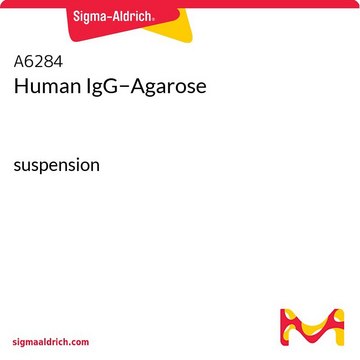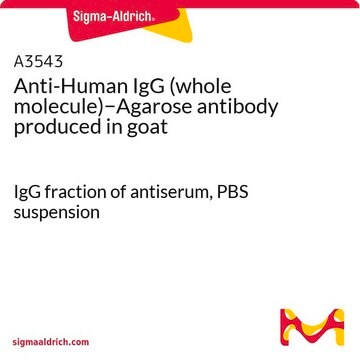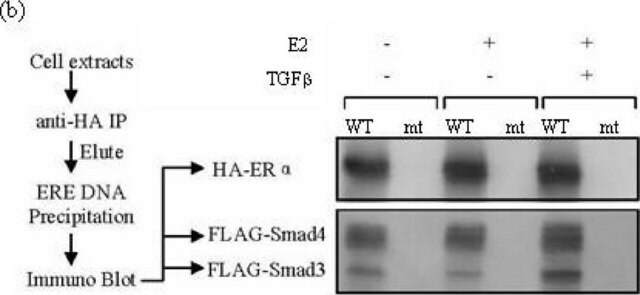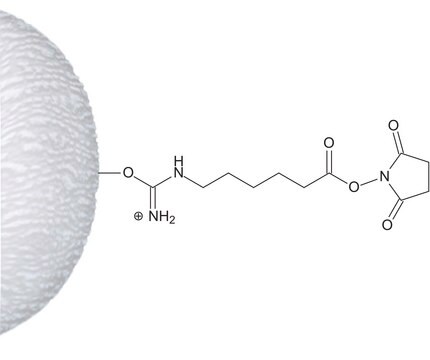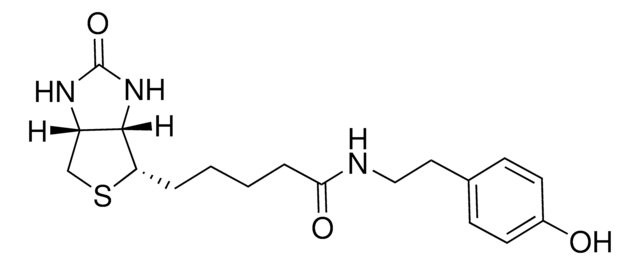A3316
Anti-Human IgG (Fc Specific)−Agarose antibody produced in goat
affinity isolated antibody, PBS suspension
Synonyme(s) :
Goat anti-human IgG
About This Item
Produits recommandés
Source biologique
goat
Niveau de qualité
Conjugué
agarose conjugate
Forme d'anticorps
affinity isolated antibody
Type de produit anticorps
secondary antibodies
Clone
polyclonal
Forme
PBS suspension
Espèces réactives
human
Ne doit pas réagir avec
rat, mouse
Technique(s)
Ouchterlony double diffusion: suitable
Capacité
2 mg/mL, resin binding capacity (human IgG)
Température de stockage
2-8°C
Modification post-traductionnelle de la cible
unmodified
Description générale
Goat Anti-Human IgG (Fc Specific)-Agarose antibody is specific for the Fc fragment of human IgG when tested against purified human IgA, IgG, IgM, Fc, and kappa and lambda light chains. No reactivity with mouse or rat IgG is seen by Ouchterlony Double Diffusion (ODD), prior to agarose bead coupling.
Immunogène
Application
Autres remarques
Forme physique
Clause de non-responsabilité
Vous ne trouvez pas le bon produit ?
Essayez notre Outil de sélection de produits.
Code de la classe de stockage
10 - Combustible liquids
Classe de danger pour l'eau (WGK)
WGK 3
Faites votre choix parmi les versions les plus récentes :
Certificats d'analyse (COA)
Vous ne trouvez pas la bonne version ?
Si vous avez besoin d'une version particulière, vous pouvez rechercher un certificat spécifique par le numéro de lot.
Déjà en possession de ce produit ?
Retrouvez la documentation relative aux produits que vous avez récemment achetés dans la Bibliothèque de documents.
Les clients ont également consulté
Notre équipe de scientifiques dispose d'une expérience dans tous les secteurs de la recherche, notamment en sciences de la vie, science des matériaux, synthèse chimique, chromatographie, analyse et dans de nombreux autres domaines..
Contacter notre Service technique
